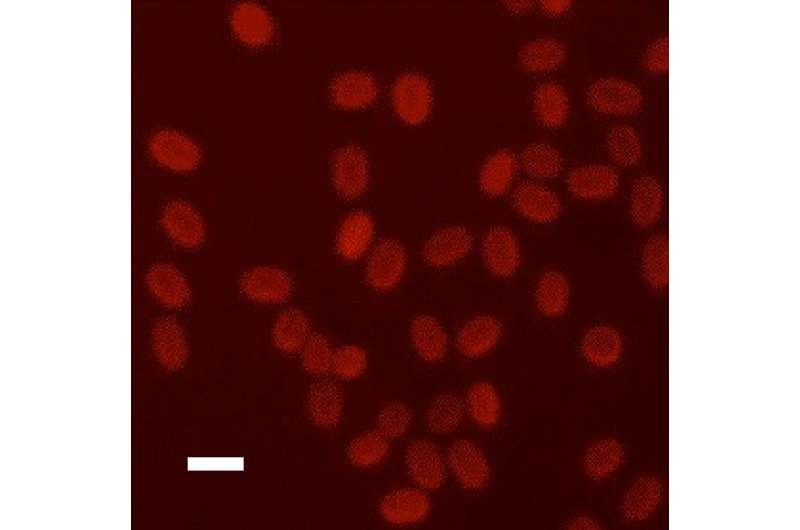Anthrax spores use RNA coat to mislead immune system

Researchers from Harvard Medical School have discovered that the body's immune system initially detects the presence of anthrax spores by recognizing RNA molecules that coat the spores' surface. But this prompts an unfavorable immune response that hinders the body's fight against anthrax once the spores have germinated into live bacteria, according to the study "TLR sensing of bacterial spore-associated RNA triggers host immune responses with detrimental effects," which will be published April 11 in The Journal of Experimental Medicine.
Anthrax is caused by the bacterium Bacillus anthracis, which is equipped with several mechanisms that allow it to survive and replicate inside its host. But anthrax usually enters the body in the form of dormant spores that only later germinate into the active, replicating form of the bacterium. "It is unclear whether anthrax spores trigger host immune responses and, if so, which components of the spore activate host immune sensors," says Jin Mo Park, an assistant professor of dermatology at Massachusetts General Hospital and Harvard Medical School, who led the study.
Park and colleagues found that anthrax spores do, in fact, stimulate the host immune system and that they do so by activating a distinct set of immune sensors that don't recognize the active, or vegetative, form of Bacillus anthracis. Immune cells called macrophages recognize vegetative Bacillus anthracis using a cell surface receptor protein called TLR2, which binds to lipoprotein molecules in the bacterial cell wall. Park's team discovered that human macrophages use two different receptors—TLR7 and TLR8—to recognize RNA molecules embedded in the outermost layer of anthrax spores.
This distinct recognition mechanism means that anthrax spores provoke a distinct immune response in macrophages. Unlike vegetative cells, anthrax spores stimulate the production of immune signaling molecules called type I interferons. Though these molecules are useful for fighting a variety of different pathogens, Park and colleagues suggest that type I interferons could reduce the immune system's ability to neutralize Bacillus anthracis after the spores have germinated into the vegetative form of the bacterium. Type I interferons are known, for example, to disrupt the activities of two other immune signaling molecules, IL-1 and IL-17, that help protect the body from anthrax infection.
Accordingly, the researchers found that anthrax spores were more lethal to mice than the vegetative form of the bacterium, but spores lacking the outermost, RNA-containing layer that stimulates type I interferon production were much less deadly. Mice deficient in type I interferon signaling were also more resistant to anthrax spores, Park and colleagues determined.
"We postulate that Bacillus anthracis has evolved to use spore-associated RNA to activate type I interferon signaling and thereby evade host immunity," Park explains. "Our findings suggest that spore-associated RNA triggers early host responses to anthrax infection, but that type I interferon signaling serves to misguide host immunity and impair the body's defense against the vegetative form of the bacterium at later stages of infection."
The researchers now plan to investigate whether the spores of other bacterial pathogens use similar strategies to misdirect the host immune response.
More information: Journal of Experimental Medicine (2017). DOI: 10.1084/jem.20161141

















